Talking Mats: A PrAACtical Tool
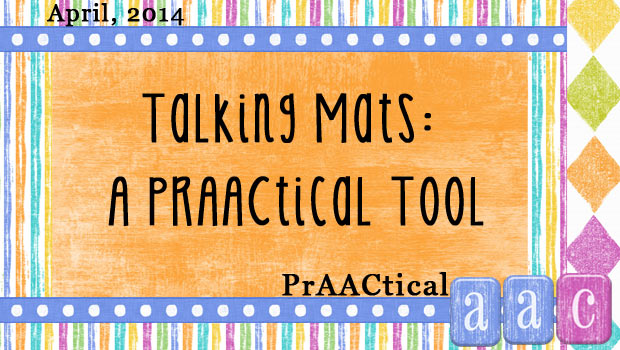
We’ve shared about Talking Mats in a video and on our Facebook page, but we needed to call on the experts to go into more detail about this approach. Thankfully, the co-directors of this project, Dr. Joan Murphy and Lois Cameron, were willing to collaborate. in this post, Dr. Murphy shares her knowledge with us. Hope you enjoy learning about the implementation of Talking Mats as much as we did.
What is Talking Mats?
Talking Mats is an innovative, award-winning communication tool which is based on extensive research and designed by Speech and Language Therapists in 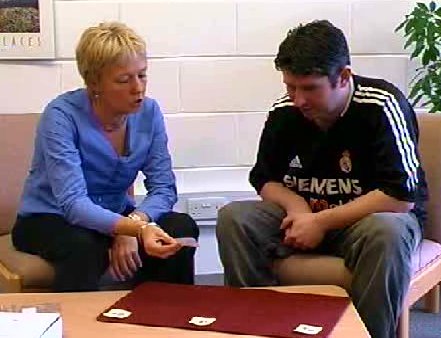 Scotland. Our vision is to improve the lives of people with communication difficulties by increasing their capacity to express their views about things that matter to them.
Scotland. Our vision is to improve the lives of people with communication difficulties by increasing their capacity to express their views about things that matter to them.
Talking Mats is an interactive resource that uses three sets of picture symbols – top scale, topics and options and a space on which to display them. This can either be a physical, textured mat, or a digital space, for example a tablet, smart board or computer screen. Any symbol system can be used but we have recently commissioned a leading comic artist to design new symbols for us taking into account language and conceptual issues.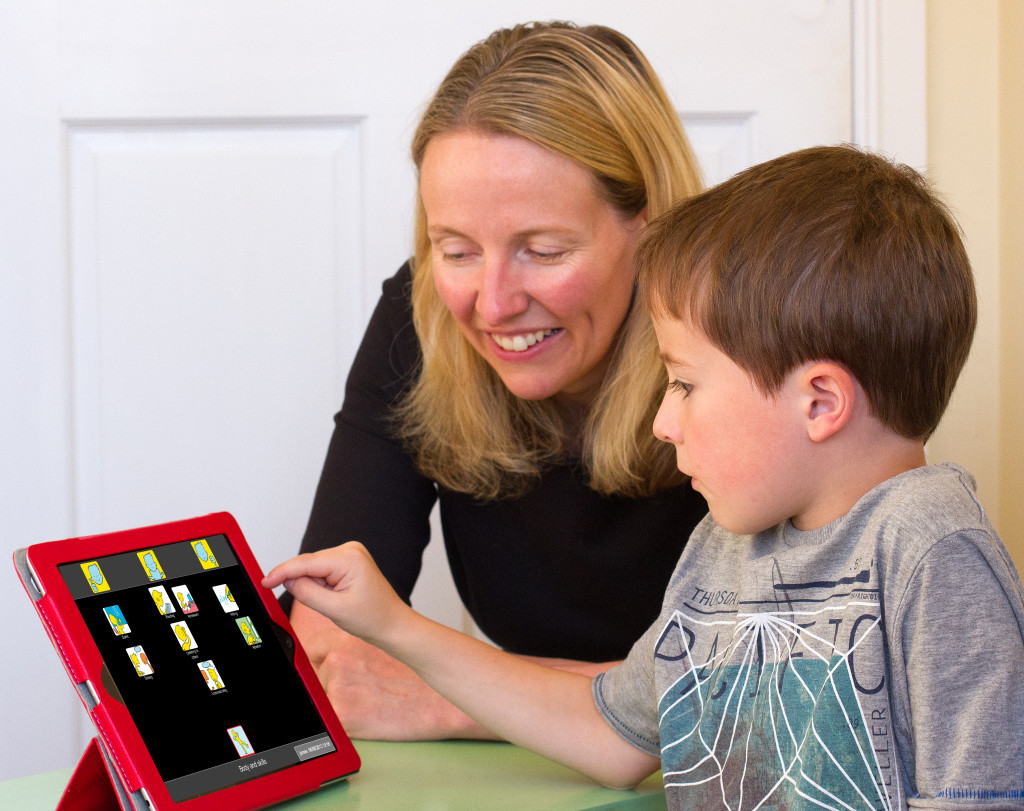
Talking Mats can be used to discuss any topic and we have developed a number of resources based on our research in combination with our clinical experience, which cover a wide range of issues for people of all ages and abilities. Details of these can be found on our website.
Whether used for consulting children and young people, as a communication resource for people with aphasia, or to overcome communication difficulties for people with learning disability or dementia, Talking Mats has been shown to be highly effective.
How Talking Mats Works
The image below illustrates a completed Talking Mat, showing the positioning of the top scale, the topic and the options for someone’s views about where they live:
Top Scale: this allows participants to indicate their general feelings about each topic and option. The meaning of the visual top scale can be adapted to suit the questions you are asking the person, for example, whether they are happy, unsure, or unhappy.
Topic: whatever you want to talk about, e.g., pictures symbolising ‘where you live’, ‘what do you want to do during the day’, ‘who do you want to spend time with’, etc.
Options: relating specifically to each topic. For example: ‘How do you feel about your garden? Or ‘How do you feel about the food where you live?’’
Once the topic is chosen e.g., ‘where you live’, the participant is given the options one at a time and asked to think about what they feel about each one. They can then place the symbol under the appropriate visual scale symbol to indicate what they feel. The symbol sets can be used in different ways depending on the needs and cognitive abilities of the person you are working with. You might want to start with an overall mat to before going into more detail about specific issues.
What Training Is Available?
Although Talking Mats requires no training on the part of the person with a communication difficulty, the interviewer needs to have an understanding of the principles involved in using Talking Mats. For this reason we offer a range of training courses, to help you use Talking Mats effectively with people who have a communication disability. Talking Mats training courses enable you to explore Talking Mats to its full potential and we offer different types of training to suit your needs, including an on-line course for people who prefer to do the training from a distance (click here for more information).
What Research Has Been Done?
A range of research projects have been carried out, investigating the feasibility and effectiveness of Talking Mats as well as its use as a way of helping people to share different perspectives. Research shows that using a Talking Mat increases the effectiveness of an interaction in the following ways:
- Talking Mats improves a person’s understanding of the issues you’re discussing with them. Using visual images makes the language clear and reduces the complexity of the questions you need to ask.
- Talking Mats improves engagement between you and the person you’re working with. A Talking Mats interview quickly helps you establish rapport. It provides a structure so that you can give the person enough time to respond.
- Talking Mats increases the amount of information you can obtain. Providing a range of options means that people can express their views about issues that they may not have thought of. It also provides a scaffolding to help people to come up with their own options.
- Talking Mats gives a structured framework for thinking about goals and planning intervention. Using Talking Mats helps the person identify and prioritise problems as a first step in the goal setting process.
More information about our research can be found on our website.
Who Can Use Talking Mats?
Talking Mats is used by clinical practitioners, teachers, carers and support workers in a wide range of health, social work, residential and education settings. Here is an example of one way Talking Mats has been used by a Speech and Language Therapist:
“I worked with Pete who had severe aphasia. Pete had a range of health problems, including epilepsy and high blood pressure. Pete found it very difficult to communicate with his GP, and usually relied on his wife to translate. This meant that not all of Pete’s health problems were addressed or discussed when he went to the doctor, and he often felt excluded from conversations at these appointments. Prior to one of Pete’s GP appointments, I used Talking Mats with Pete to find out how he felt about his health. During our discussions, Pete was able to tell me that he was worried about a number of issues, but he especially wanted to talk to his GP about his ears, as he was having a lot of pain and also had a ringing sensation in his ears which meant that he found it very difficult to concentrate, particularly when watching TV.”
For further information on how Talking Mats is used please go to our website and read our blogs.
Filed under: PrAACtical Thinking
Tagged With: Dr. Joan Murphy, Scotland, Talking Mats
This post was written by Carole Zangari
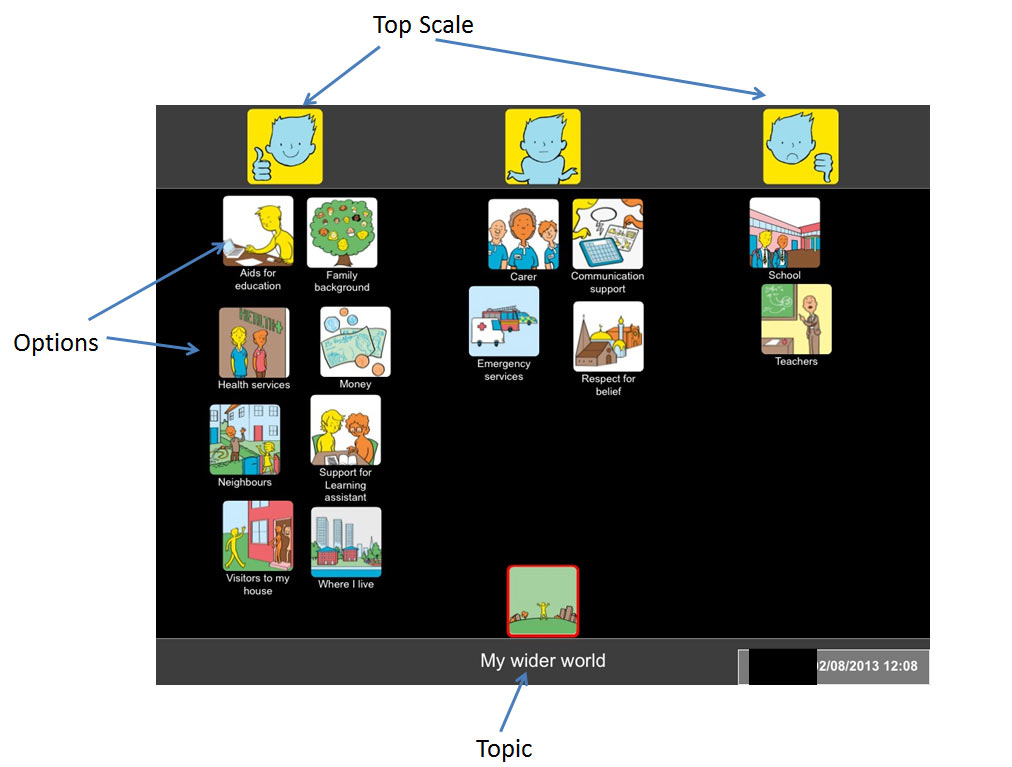
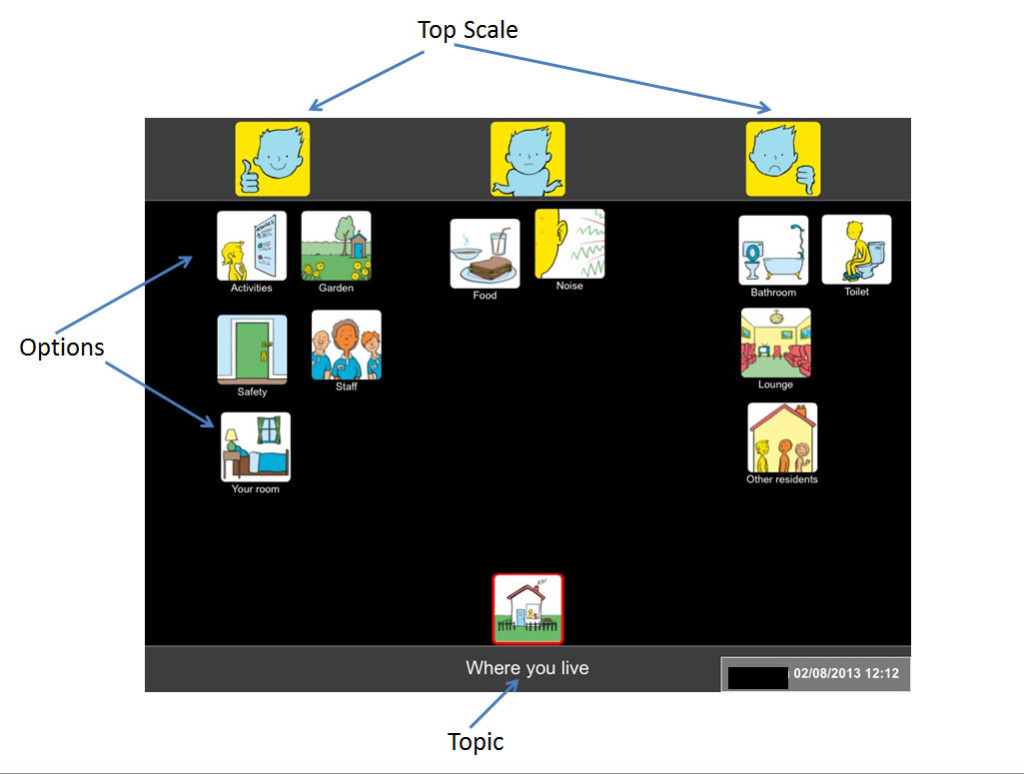
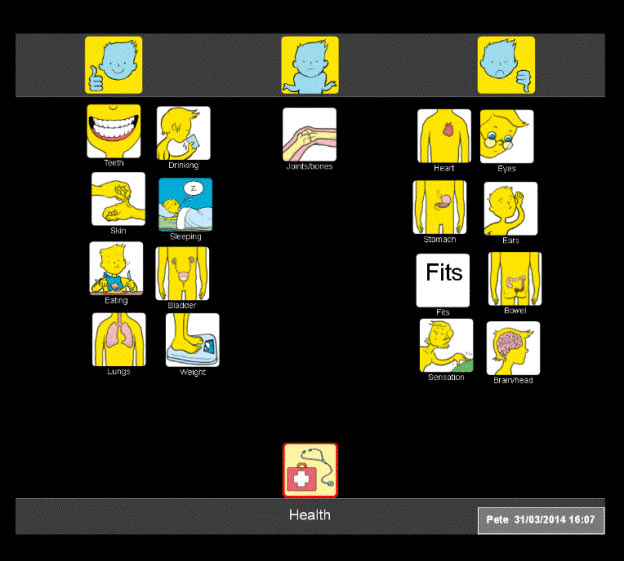


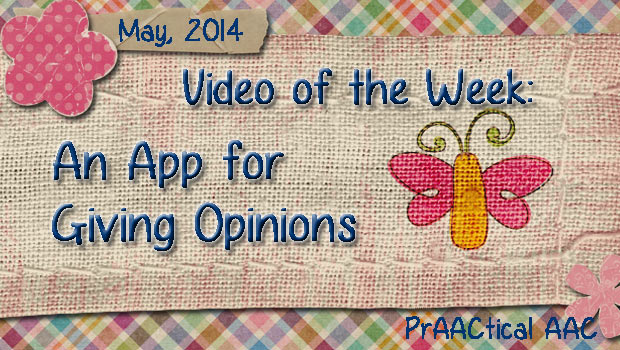
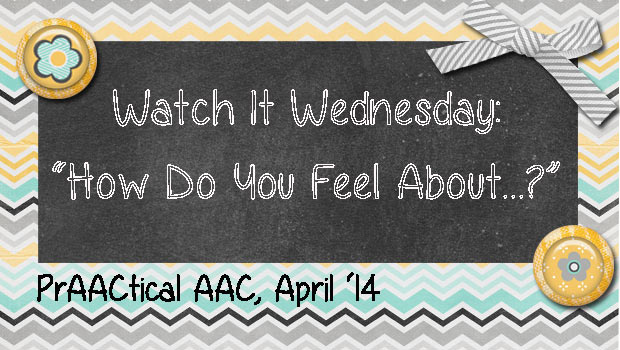
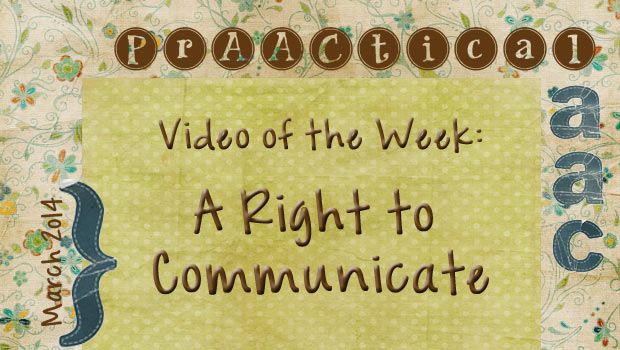
4 Comments
I love Talking Mats. I use this often with my adults with developmental disabilities and find it wonderful for creating goals and using for conversation.
Thanks for that input, Becca. It is not as widely known here in the US as it should be, so we are very grateful to Joan for writing about it here.
Love Talking Mats. Introduced them to Indonesia on my last visit – bi-lingual Bahasa/English. Very useful in situations where technology not readily available. Also for enabling people who might need support to use a keyboard to make their opinions known independently.
One card I always like to add to the topic set is ‘Something Else’, to allow the user to flag that there’s an option we haven’t thought of. Obviously we have to think hard and ask yes/no questions to work it out, but when used it’s usually significant.
That’s a great idea, Rosemary. We frequently use that message/symbol on other means of AAC, so it makes perfect sense that it would work here as well. Thanks for taking the time to share that idea.